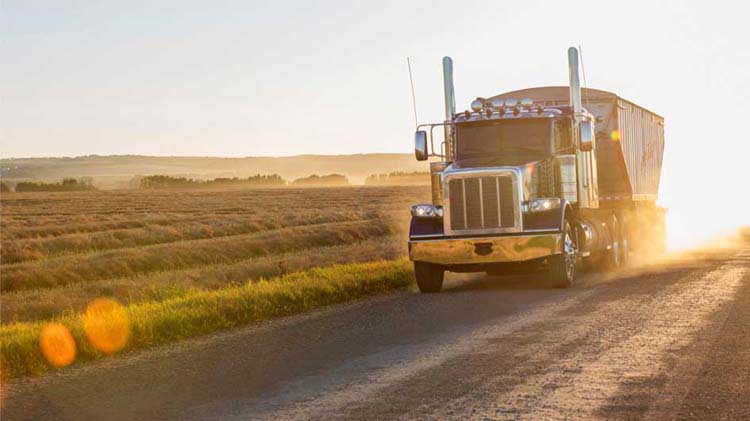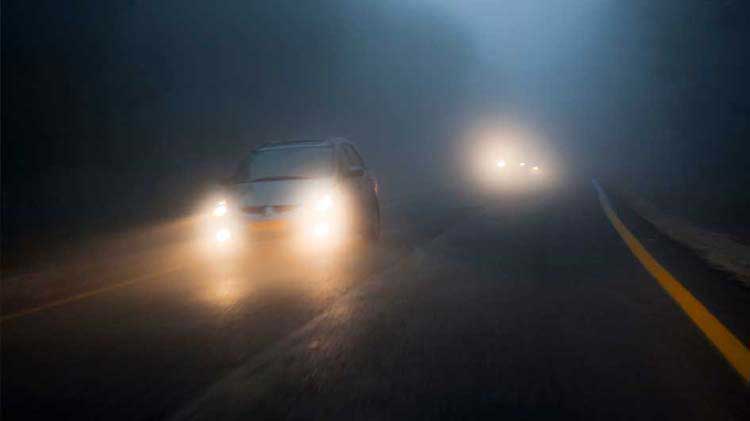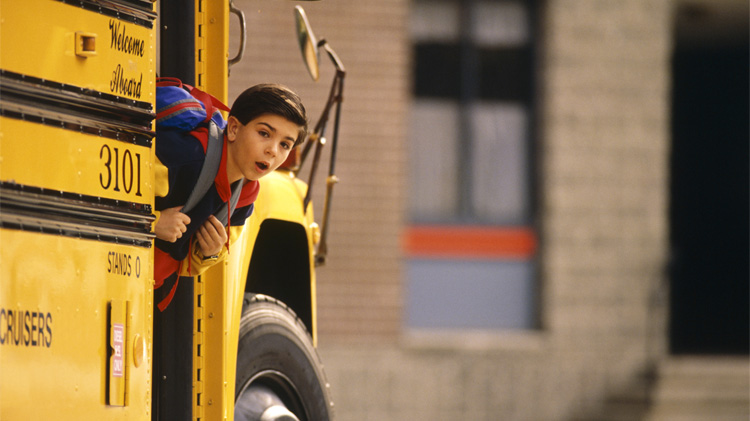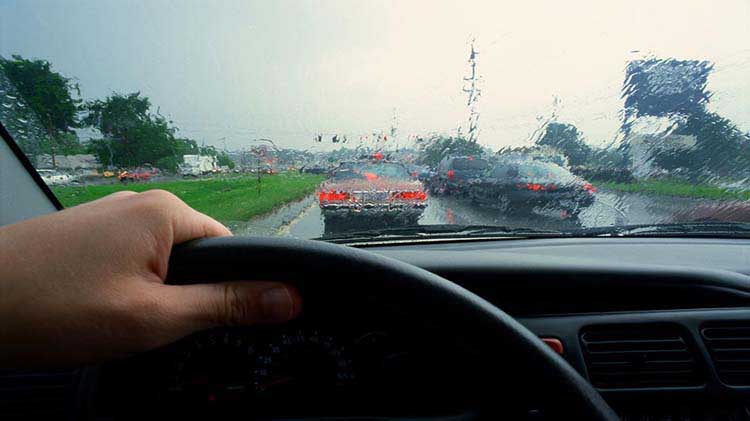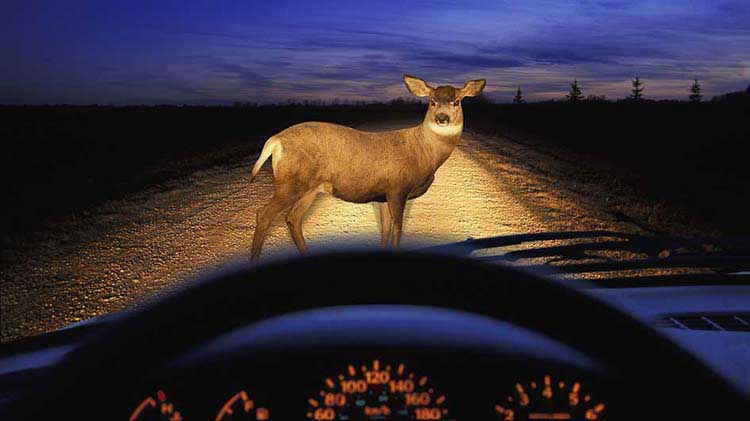Sharing the road with farm vehicles
Stay alert for tractors and other farm vehicles when driving in rural areas.
Driving on rural roads can be a relaxing experience but it’s important to pay attention. Many factors can make driving on country roads risky. Drivers' inexperience sharing the road with large farm vehicles is one of these risk factors.
How to safely drive around farm vehicles
- Drive defensively. Anticipating dangerous conditions is especially important during planting and harvest seasons which are typically around the spring and fall. Driving defensively and being alert when agricultural vehicles may be present could help you avoid road incidents.
- Slow down. Farm vehicles often travel at slow speeds. To help reduce the risk of a collision, begin braking when you see the slow-moving vehicle. Stay a safe distance back — around 50 feet — the farm equipment driver may have trouble seeing you otherwise.
- Pass carefully. Wait for a safe passing zone, watch for oncoming traffic, signal before changing lanes and return to the lane once the vehicle is in your rearview mirror. Don't pass near intersections, around curves, over railroad crossings or near bridges. If the vehicle is extra-wide, wait to pass until the driver pulls over and signals that it's safe. Honk your horn beforehand in case the driver can't see you. Understand the farm vehicle may be turning into a farm field. Look for entrances to farm fields and consider this possibility before attempting to pass a farm vehicle.
- Yield. Give a wide farm vehicle the right-of-way when it's traveling in the opposite direction. Large farm trucks or farm tractors can't always pull over to the road's shoulder safely. If possible, pull onto the shoulder or into a field entrance to allow the farm vehicle to pass.
- Be cautious. A driver may appear to be pulling to the right to let you pass when they are actually making a wide left-hand turn. Before proceeding, look for driveways, roads or fields where the vehicle might be turning. Also check for hand gestures or lights signaling the driver's intention to turn.
- Know the basics. Following the speed limit and wearing your seat belt is just as important in the country as it is on city streets.
- Stay calm. It can be frustrating to drive behind farming trucks as they are often classified as a slow-moving vehicle, and travel significantly slower than typical traffic. You may not be able to pass right away, so don’t risk a potential accident by partaking in aggressive driving.
- Take a second look. Before you pull into an intersection or make a move to pass, be sure your path is clear in all directions. Tall crops can create "blind" corners, and farm vehicles could enter the roadway from unmarked access drives on the fields.
- Follow the rules. In general, farm vehicle operators must follow the same rules as car drivers when they are on the road. Farm vehicles have the right of way in the same situations a typical car will have the right of way.
Learn more about sharing the road with other vehicles, such as motorcycles, bicycles and school buses with tips from State Farm®.
